Conveyancing is a vital process when buying or selling a property in Australia. Conveyancing encompasses the legal procedure of transferring property ownership between one party and another. To those who are not knowledgeable, it is strongly advisable to seek professional help. This will help to facilitate a successful transaction. Here on this website, we simplify the process of conveyancing to help you navigate this significant legal process easily.
Understanding Conveyancing
Conveyancing refers to the legal transaction. It often involves transferring the title of a property between the buyer and the seller. It doesn’t just include language preparation of contracts. It also includes an investigation of the property and additional terms. This process can be confusing to many Australians. This is why conveyancing services are often sought to make sure that there is no problem in the future when everything is made right.
The Conveyance Process in Australia
Conveyancing can be subdivided into three primary phases: pre-contract, post-contract, and settlement. All these steps are not just essential. They must be handled with attention to detail, too, in order to have a successful transaction of property. The following breaks down each stage in a few words:
1. Pre-Contract
At this stage, the buyer and seller don’t just negotiate. The contractual terms are settled, too. The conveyancer or solicitor will inspect the contract to see that there are no problems in it. The experts will also ensure that there are no errors in the property description (title, zoning, rights of way). This is also the period when the purchaser performs due diligence by investigating whether there are any defaults, such as unpaid land tax or encumbrances.
2. Post-Contract
The conveyancer will commence legal work once the contract is signed by both parties. This involves managing the property settlement process, ensuring the financial transactions are transparent, and contacting the banks or lenders in question. This stage can also involve the buyer carrying out final inspections.
3. Settlement
It is the last conveyancing step. On settlement day, the seller officially transfers to the buyer the ownership of the property. The purchaser will pay the selling price, and the title of the property will be registered to the buyer.
What Are the Major Advantages of Professional Conveyancing Services?
Some people decide to undertake conveyancing themselves. However, employing a professional can simplify the process significantly. Some of the main advantages of professional conveyancing services are:
- Expert legal knowledge
- Faster process
- Reduced risk of errors
- Peace of mind
In conclusion, when purchasing or selling a property in Australia, conveyancing plays a vital role. Being an inexperienced buyer or a seasoned investor can mean making wrong decisions. But being familiar with the process and employing a professional can guarantee the seamless flow of your property transaction. The legal requirements would be an easy journey. This is because you will have the right conveyance. Not to mention, your legal tasks will be a smooth process with a conveyor’s help.
